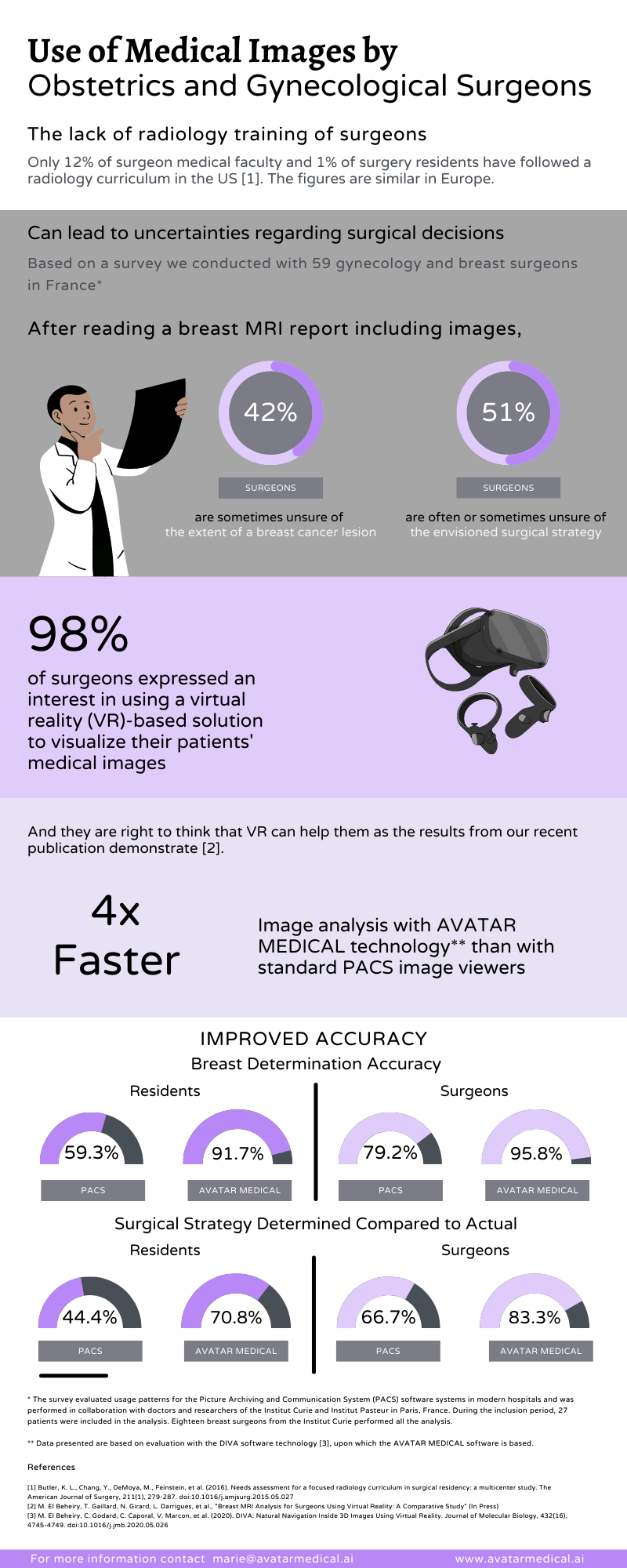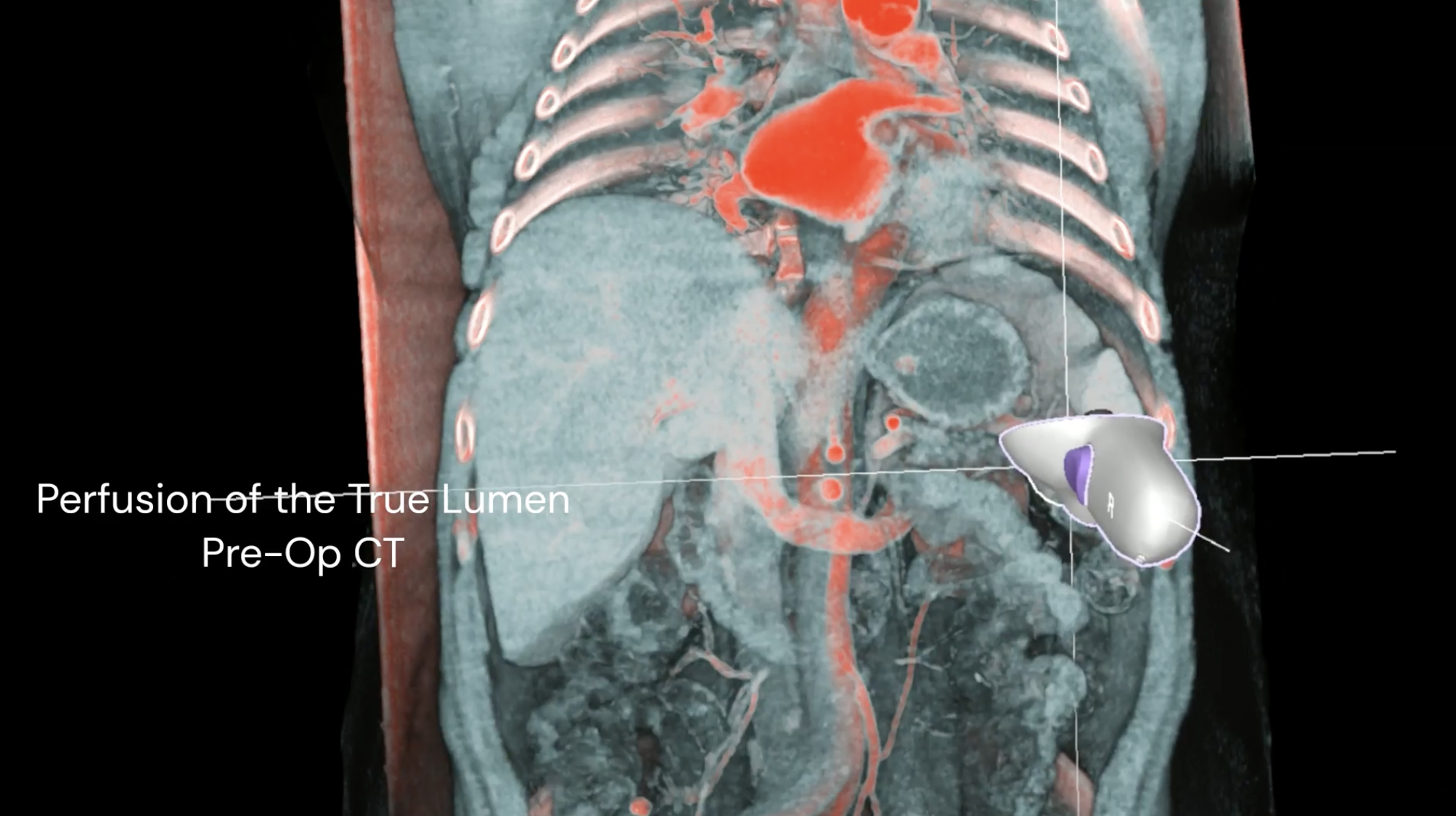1. The Most Powerful Tool in Medicine Isn’t in the OR
We’ve spent decades perfecting surgical robots, microscopes, and imaging systems.
But the most powerful tool in modern medicine might still be the simplest one: a conversation.
Because that’s where everything begins, in the consultation room.
Where trust is built.
Where decisions are made.
And where, too often, understanding still breaks down.
Studies show that 60% of patients leave their consultation without fully understanding what was said (Kessels, BMJ, 2003) and that up to 80% of medical information is forgotten immediately after (McCarthy et al., J Gen Intern Med, 2012).
That’s not just a communication gap, it’s a care gap.
2. The Consultation Room: The Blind Spot in Patient Experience
Healthcare has become more digital, more efficient, and more data-driven.
But the consultation—the moment when a surgeon meets a patient face to face—has hardly evolved in fifty years.
Most doctors still show scans in black-and-white, two-dimensional slices that only specialists can interpret.
Most patients nod politely, trying to make sense of something invisible.
And in that moment, trust can be lost, not because of skill, but because the image doesn’t speak their language.
“It saves me a million words,” says Dr. Michael Ivan, Director of Skull Base Surgery at the University of Miami.
3. Data from the Field: CNS 2025 Innovation Symposium
During the 2025 Congress of Neurological Surgeons Innovation Symposium, Avatar Medical surveyed practicing neurosurgeons. The findings highlight how widespread this communication gap remains:
- 93 % of neurosurgeons reported that they do not show 3D medical images to patients during consultation.
- 74 % said that more than 40 % of their consultations run longer than scheduled because patients and families need additional explanation.
- 85 % said they would be very or extremely likely to adopt a tool that could instantly convert CT/MRI images into interactive 3D models for consultation.
These numbers reveal a clear opportunity, not just to save time, but to strengthen the foundation of patient understanding and trust.
4. Seeing Is Understanding: Turning Data into Dialogue
At Avatar Medical, we asked a simple question:
What if medical imaging wasn’t just for diagnosis, but for dialogue?
By transforming CT and MRI scans into interactive 3D visuals in seconds, physicians can bring patients into the picture, literally.
In pilot consultations with ENT and neurosurgical patients, 3D visualization changed everything. After viewing their own anatomy in 3D, patients reported:
Patient Feedback -->Score (± SD)
Improved understanding – “The 3D imaging improved my understanding of my condition.”--> 4.5 ± 0.6
Greater involvement – “I felt actively involved in my care decisions.”--> 4.8 ± 0.4
Reduced anxiety – “Viewing my scan in 3D made a difficult situation more reassuring.”-->4.5 ± 0.8
Overall satisfaction – “I would highly recommend this doctor and hospital.”--> 4.9 ± 0.2
Download our White Paper: Impact of 3D Medical Imaging During Consultation to explore the full methodology and results from this multicenter study.
When patients understand, anxiety decreases.
When anxiety decreases, trust grows.
And when trust grows, satisfaction and surgical conversion follow.
5. Why It Matters
Improving consultation isn’t only about better communication; it affects clinical efficiency, patient experience, and institutional performance.
For surgeons, interactive 3D visualization simplifies explanations and reduces repetitive clarifications after appointments.
For hospitals, stronger communication translates into higher patient satisfaction and retention. Facilities with excellent satisfaction scores report net margins of 4.7 % compared to 1.8 % for low-performing peers (Deloitte Center for Health Solutions, 2016). CMS’s value-based payment program includes patient-experience measures; while exact dollar amounts vary by year, some sources estimate that hospitals face up to $800 million in at-risk payments tied to these scores.
For MedTech companies, this shift opens a new area where visualization extends beyond the OR and into everyday clinical dialogue.
For investors, the data point to an under-addressed opportunity. While hospitals spend $25 billion annually on robotics (Grand View Research, 2024), patient experience technologies represent only a $2.2 billion market (SNS Insider, 2024), yet directly influence care quality and hospital economics.
This evolution defines the Clinic of the Future: a care environment where technology supports trust and understanding.
6. The Future of the Consultation
Technology alone doesn’t transform care; communication does.
3D visualization is the bridge that turns information into understanding and understanding into confidence.
When patients truly see what their surgeon sees, something remarkable happens. They stop being passive listeners and become active participants in their own care.
That’s not just better medicine. It’s the future of patient experience.
Download the White Paper: Impact of 3D Medical Imaging During Consultation or Book a Demo to experience the Clinic of the Future.







